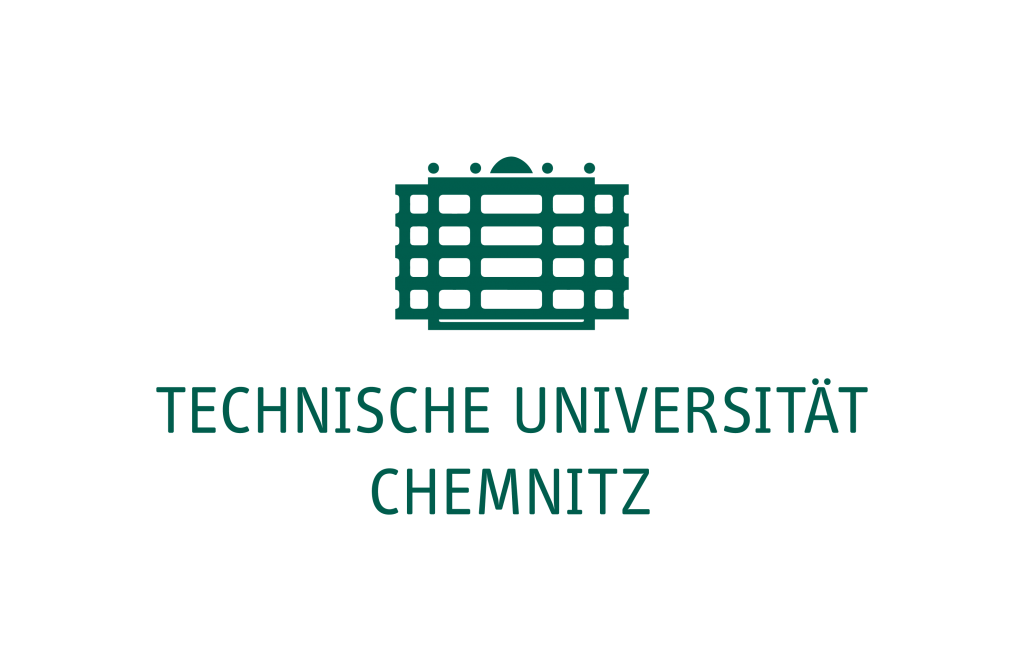
Situated in the centre of the Chemnitz “Wissenschaftsregion” (“science region”), Chemnitz University of Technology (TUC, https://www.tu-chemnitz.de/) is home to more than 11,400 students from 91 countries – in less than 25 years, the number of students has increased by about 4,000. With approximately 2,300 employees in science, engineering and management, Chemnitz University of Technology is among the most important employers in the region. Today, Chemnitz University of Technology stands for outstanding research. Within the core competencies “Materials and Smart Systems”, “Resource-efficient Production and Lightweight Structures” and “Humans and Technology”, solutions for the challenges of tomorrow are developed. The main focus in economic and social development is the creation of value, which in turn is influenced by major trends such as globalization, demographic change and the availability of resources. The university’s profile is characterized by a unique constellation of competencies across eight faculties.
The Centre for Microtechnologies (ZfM) is a special research centre at the Chemnitz University of Technology. The institute is active in the fields of advanced technologies for microelectronics, microsystems and silicon micromachining as well as nanotechnologies. The mission of the Centre for Microtechnologies is to continue an excellent and interdisciplinary basic, application specific and close to industry research up to the fabrication of prototypes and early demonstration samples for our national and international partners.
The ZfM carries out basic research, practical joint projects and direct research & development orders for the industry in the following fields:
- Basic technologies and components for microsystems and nanosystems (sensors, actuators, arrays)
- Design of components and systems
- Micro and nano electronics (back-end of line, reliability)
- Nanotechnologies, nanocomponents and ultrathin functional layer
The microfluidics group involved in the SIXTHSENSE project has strong experience in the participation and lead of national and European funded projects including:
- FP6 project SEMOFS: MEMS technologies were used for the development of microfluidic chips with integrated optical elements for point of care applications. Within the project a novel, integrated and low-cost pumping technology based on electrolysis was developed. The pumping technology was the basis for multiple follow up projects for various diagnostic applications.
- National funded project VIP SERON: a microfluidic system for a novel SERS technology, based on the in-situ generation of SERS active nanoparticles has been developed. In the system Ag Nano particles were automatically generated via a photo-induced reaction and then used for SERS detection. Thus, a fresh SERS active surface with high sensitivity was available for each raman measurement.
- State funded project MinaH: Centre for Microtechnologies explored several technical approaches for the fabrication of hollow micro needles including 3D printing, hot embossing and laser ablation. The proof of concept project was focused on the precise dimensions of the microneedles in order to achieve a reproducible penetration.
Role of TUC in the project: With background in micro technologies and microfluidics, the ZfM will be responsible for the development and fabrication of polymeric microneedles with connected microfluidic elements. We will use our clean room fabrication facilities for the realization of hollow microneedles for the extraction of interstitial fluid. Two routes of fabrication will be explored: Fabrication with MEMS technologies and fabrication with novel technologies (incl. laser assisted fabrication). The main activities will concentrate on WP4.

